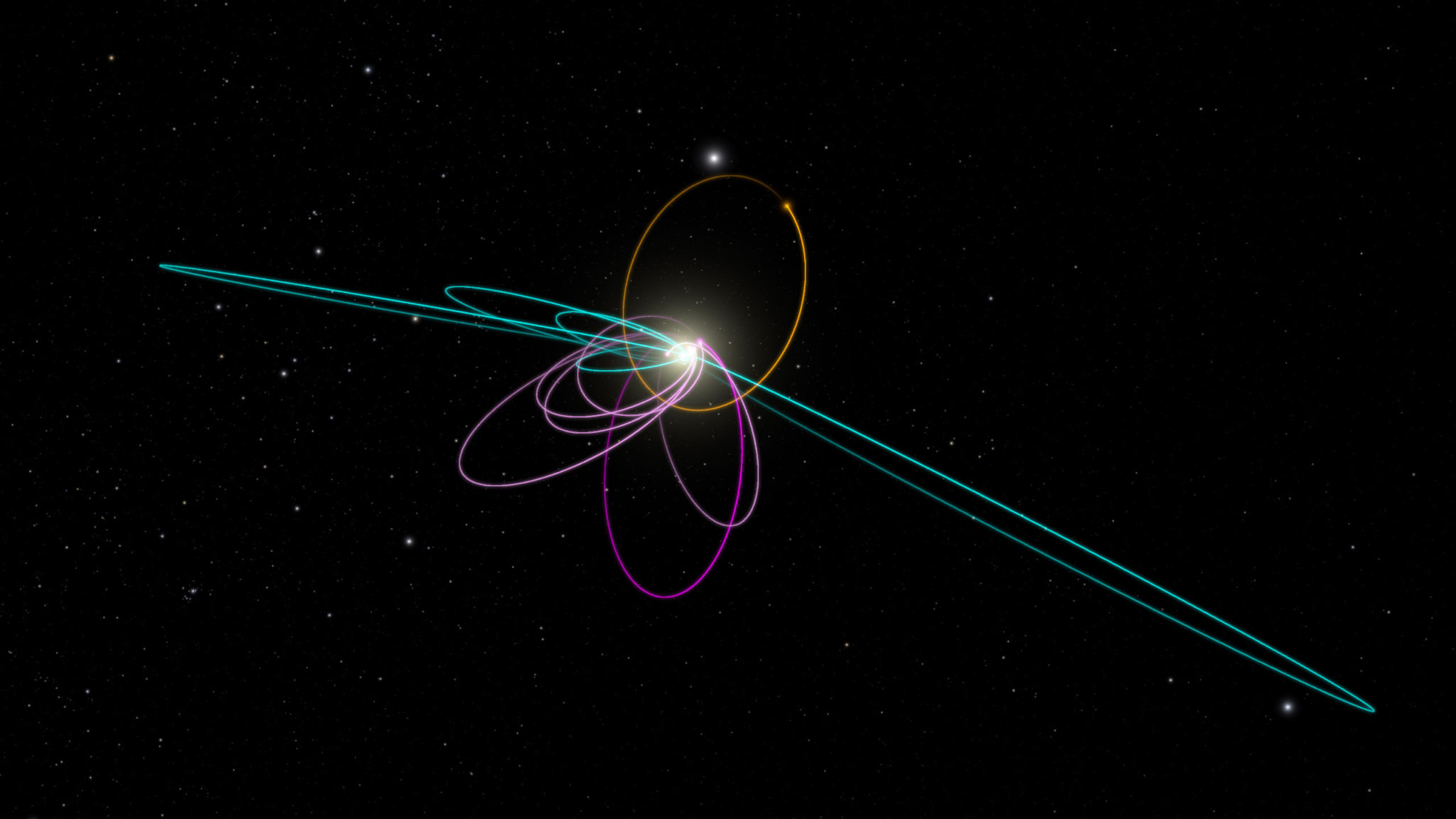The Ninth Planet of the Solar System – The Celestial Body that we still have Difficulties Finding

A new unusual object has been observed by astronomers at the edge of our Solar System. Could this be the long-debated Planet Nine? As we know, for most of the 20th century everyone knew that there are nine planets in the Solar System. In 2006, however, Pluto was dismissed by astronomers, who decided that the celestial object should be classified as a dwarf planet. Now, more than a decade later, scientists would like to add a new ninth planet to the list.
Could there be a ninth planet in our Solar System?
For a very long time, some astronomers have wondered if there might be another planet lying in our celestial neighborhood. The problem is that they have never seen it, having only just some evidence that such object could exist out there. What they’ve observed so far is a cluster of small cosmic objects that move in peculiar orbits, compared with the other celestial bodies from the Solar System. Because of this, astronomers think that a very powerful unseen force may have influenced these objects – a giant planet that could be 10 times more massive than Earth.
A new celestial body has been found
Even if there is a ninth planet lying at the edge of our Solar System, telescopes have not detected it yet. What they were able to find, however, are a dozen objects that have distant, atypical orbits – which is enough of a proof to support the idea that Planet Nine is somewhere out there, waiting to be discovered. This Tuesday, astronomers made an announcement that they came across a new object that has such unusual orbit, 2015 TG387. Apparently, this body sits exactly in the middle of the curious cluster that has strange orbits. The celestial body was first noticed back in 2015, when it was located approximately two and a half times farther away from our Sun than Pluto is at the moment.
What do we know so far about this hypothetical planet
So it took scientists three years and many observations to follow the course of the object and calculate its remarkable orbit, which doesn’t seem to ever come too close to Neptune, Uranus, Saturn or Jupiter. It looks like 2015 TG387 takes an amazing 40,000 years to circle the Sun, which makes it a very good candidate to study the outer Solar System. Now the main question is how did this object get to be on this elongated orbit? What exactly did it interact with in order to get there? Some computer simulations assuming that a ninth planet exists, called Planet Nine, were successful in proving that 2015 TG387 was lead to its funny orbit by a distant planet. However, more research is needed to prove its existence and many scientists are still skeptical about it.
0 comments